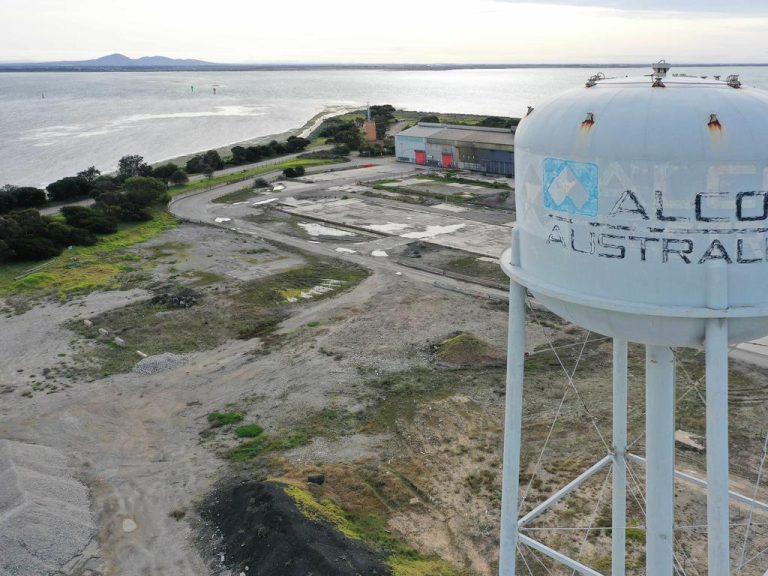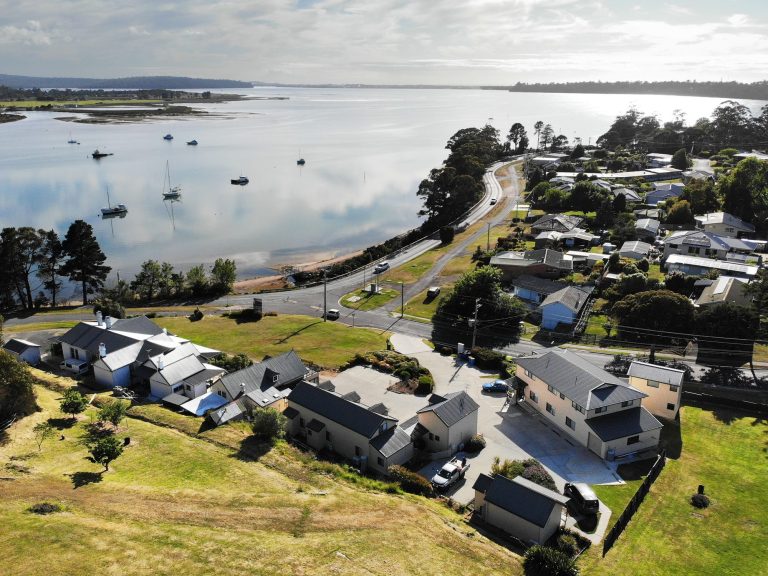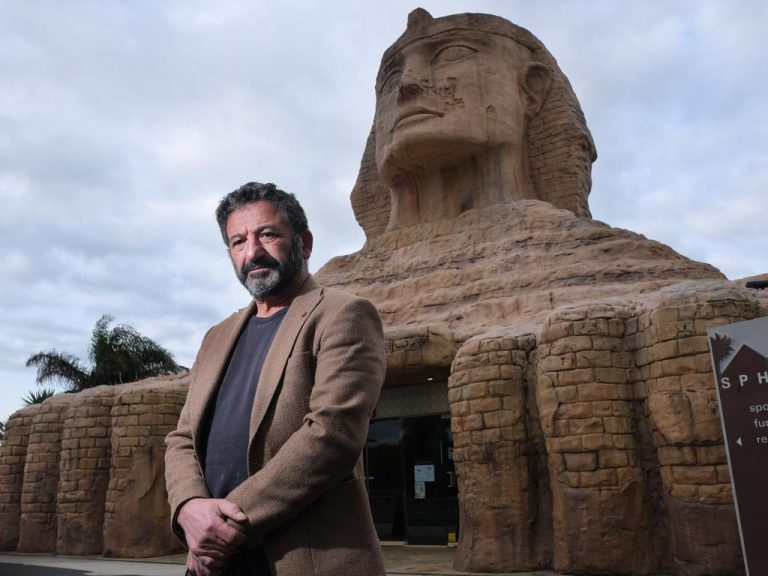Living la dolce vita: How this Aussie couple turned an ancient Italian farmhouse into a holiday home and accommodation
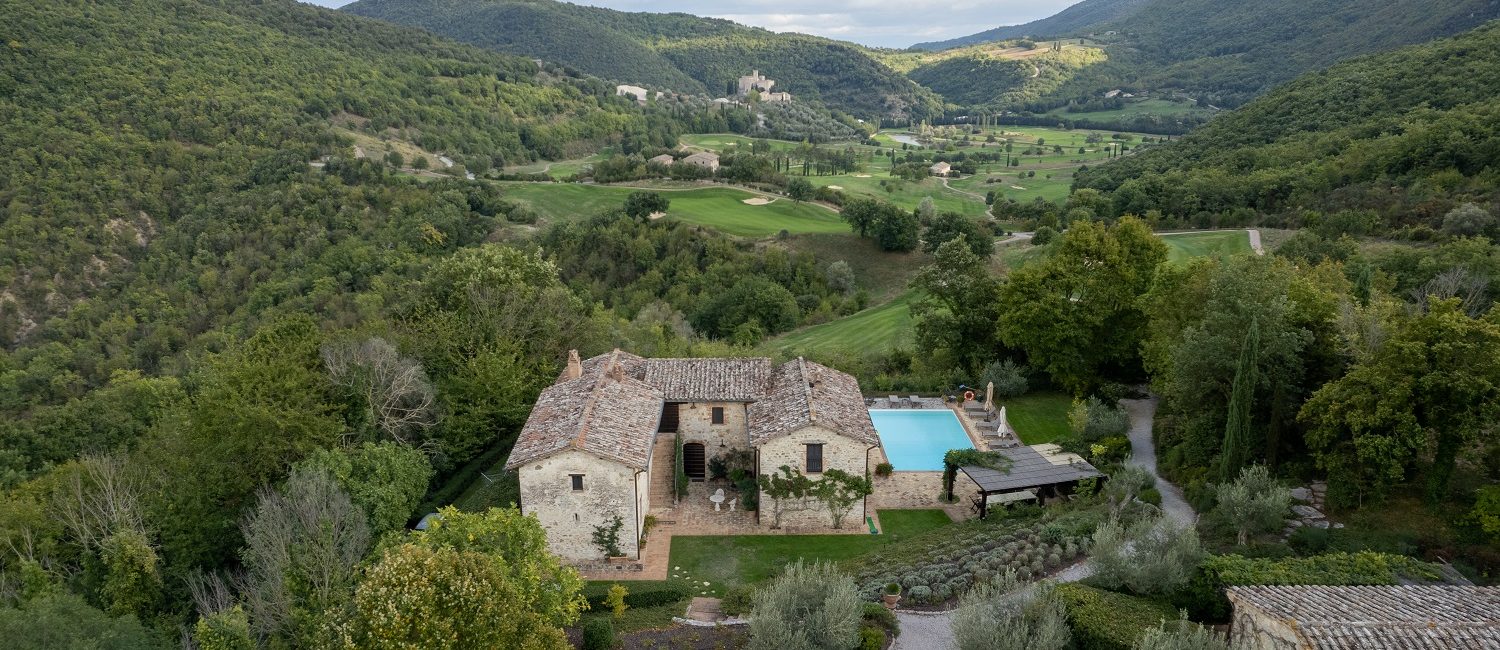
Dreamy rolling green hills, sweeping valleys, poppy-dappled wheat fields, ancient olives groves, and a peppering of Medieval hill towns and old wineries — it’s easy to see why countless travellers have fallen for Italy’s neighbouring regions of Tuscany and Umbria.
Indeed, the latter of the two gained the moniker ‘Il Cuore Verde d’Italia’ (the green heart of Italy) thanks to its bucolic beauty. And it was this beauty that seduced Australian couple, Rod and Goldie Watters, whose love affair with Umbria began two decades ago when they first visited.
“I don’t think we ever ‘fantasised’ about Italy — it just sort of happened!” Mrs Watters said.
Living in Paris at the time, the expat pair paid a visit to a friend who had recently purchased a property in Umbria.
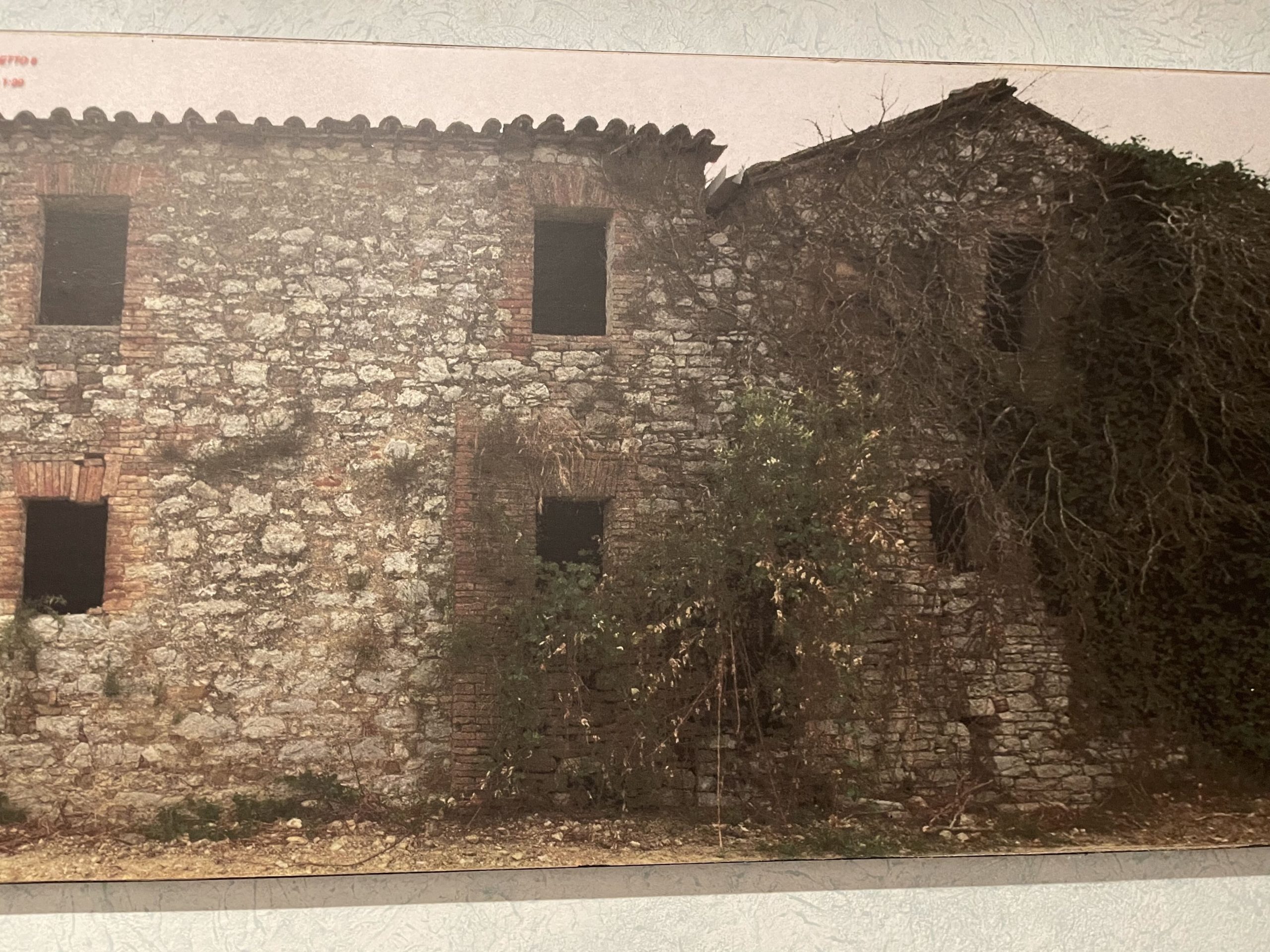
Villa Capanne, before the renovation. Picture: Supplied
“We visited often,” continued Mrs Watters. “And during these visits we began to visit many old farmhouses and other properties that were undergoing some incredible renovations by others — renovations that inspired us to do something similar ourselves and so our journey began!”
Soon after making the mental leap, the couple began the search for their own property and discovered that a family who owned a stunning 12th century castle — with an adjoining championship golf course — had decided to sell some 25 or so farmhouses that sat within their expansive acreage. Out of these ancient ruins one in particular caught the attention of the couple: the 650-year-old dilapidated stone ‘Villa Capanne.’
“Villa Capanne stood out to us as it was located at the top of the valley overlooking both the golf course and castle,” explained Mr Watters. “In fact, the views from it were absolutely breathtaking.”
But, given the extremely sorry state of the structure, an extensive structural renovation was required. A renovation that, unknown to the pair of Aussie go-getters, would take two long years.
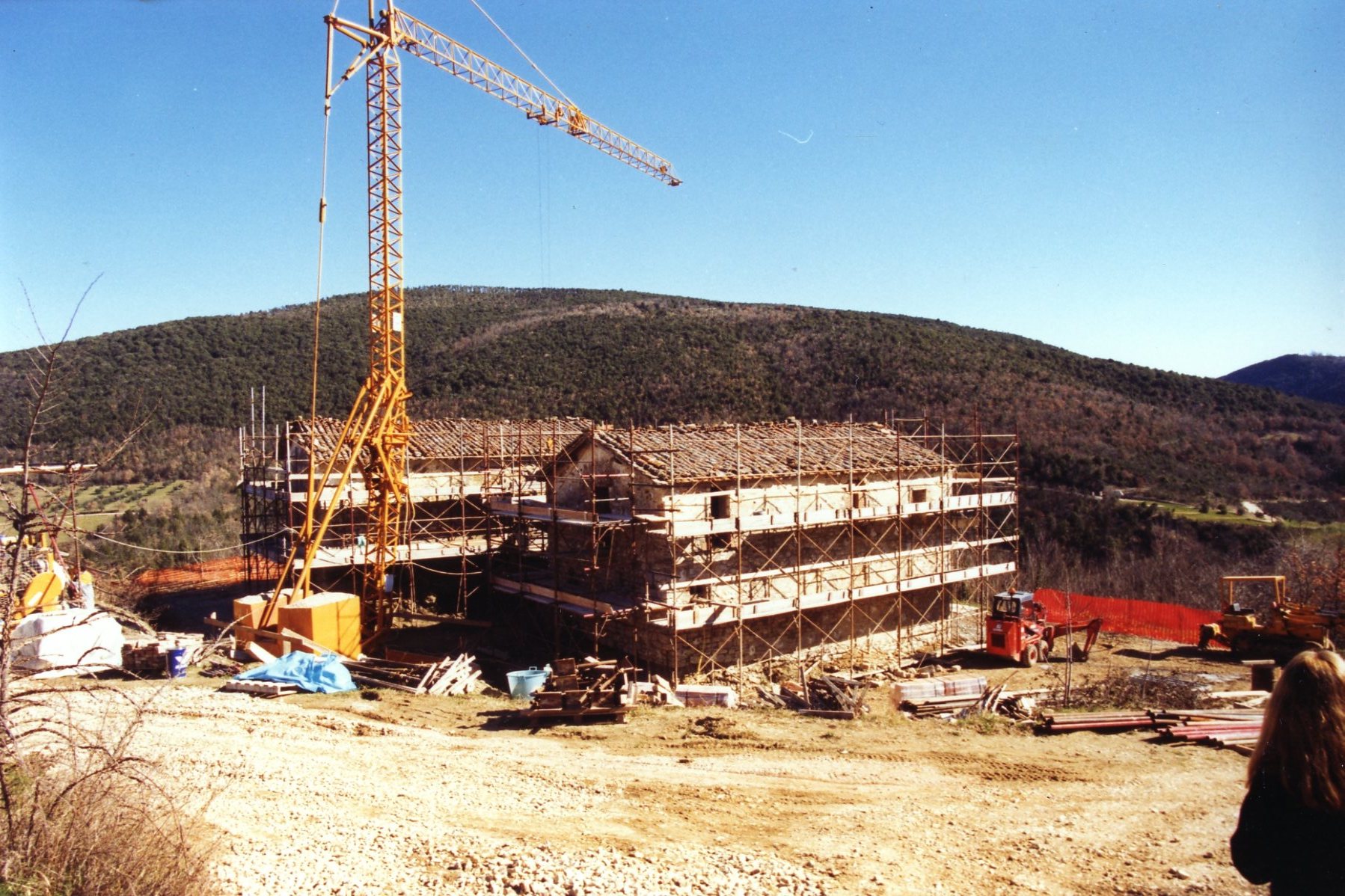
Renovating the 650-year-old farm house took two years. Picture: Supplied
“The roof and first floor had caved in but the walls were largely intact and could be rebuilt,” said Mr Watters. “Thankfully we found a great Italian architect and builder who had a great reputation with the ‘commune’ (the local council).
“We were also very fortunate to have a friend who spoke fluent Italian. He helped to find local tradespeople and helped us co-ordinate the renovation.”
A renovation is difficult enough in Australia but, when embarking on one overseas, there are more unknown variables, including language and cultural issues, which can often lead to an extra layer of headaches.
“Perhaps the most significant challenge was the language difference,” said Mrs Watters. “It has gotten easier over the years, but this is definitely something that was tricky early on. Also, building codes in Umbria are strict. For example, old windows needed to be replaced in the same size, timber and colour, as the originals.” The upshot was a two-year-long build, which saw them over schedule and over budget.
“The civil work was 3% over budget and 3 months behind schedule,” said Mr Watters. “And the fit out was 40% over budget and 6 months behind schedule. However, in comparison to some of our friends who did similar renovations, we were very fortunate in terms of the overall spend.”
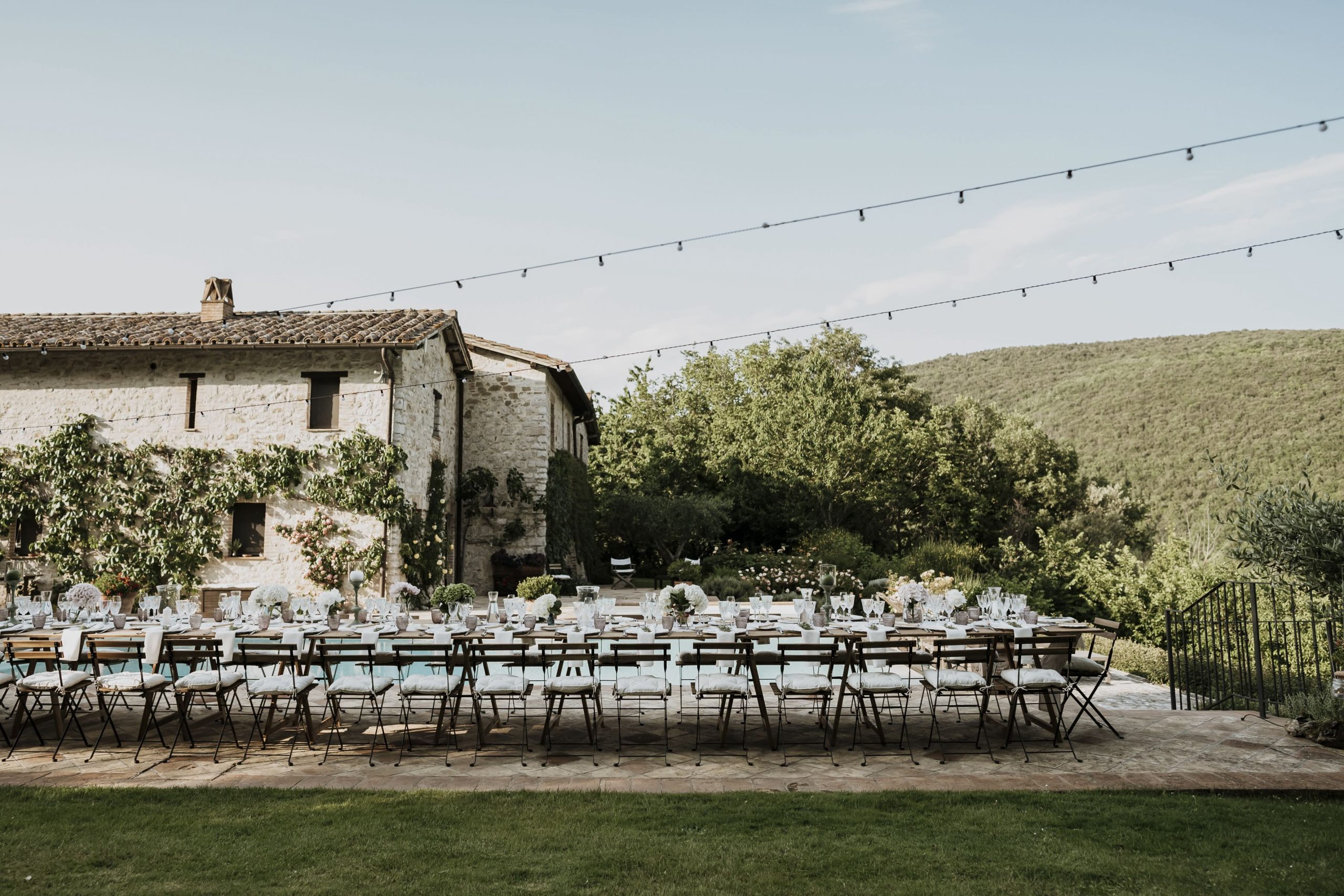
Villa Capanne set up for a wedding. Picture: Supplied
Completed in 2002 the main house boasts a study and billiards room, a lounge-dining area with seating for up to 16 people, a spacious kitchen and laundry, and four large bedrooms each with an ensuite bathroom. Throughout, Villa Cappane is also packed with both restored and added heritage details.
“We were passionate about keeping a local farmhouse feel,” said Mr Watters. “Goldie especially took on the challenge of restoring the place and searched long and far across Italy, hand selecting many of the tiles and flooring, along with beautiful handmade Murano glass lights.
“We absolutely loved the time we spent looking for antiques, furniture, mirrors, doorknobs, doors and the like. It became a great way of meeting more local people, hearing stories of the area and making new friends, while renovating the house.”
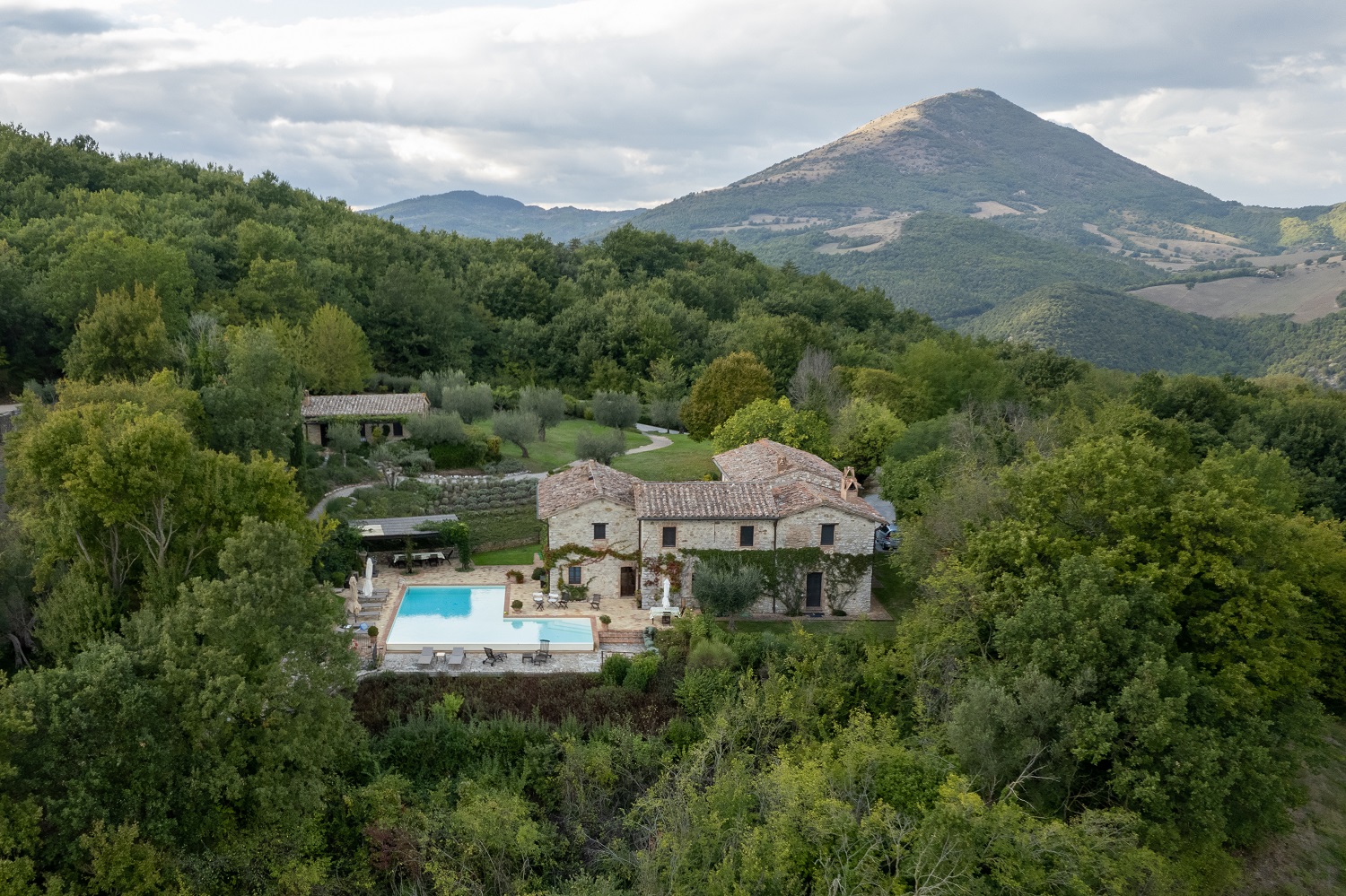
The home has one of the largest pools in the area. Picture: Supplied
While the primary property was renovated to suit the tastes and needs of the pair and their family, the couple also wanted to make their Italian farmhouse a viable source of income too. So, in tandem, they also renovated an adjacent ancient piggery turning it into a two bedroom house, complete with ensuite bathrooms, lounge, dining room, and traditional pizza oven.
“We knew that we’d need to make the property work as a rental as it was never going to be a full time home for us,” explained Mrs Watters. “Due to both our jobs and the fact that we wanted to spend at least part of our year in Australia ongoing.”
Twenty years on and Villa Capanne is a bustling family home and accommodation business — a business that attracts guests from all over the world. Situated on the Antognolla Golf Course (the number one golf course in Italy) the property also benefits with a very healthy customer base of passionate golfers. And as their rental business has boomed the pair have gradually added more improvements to the property to further enhance stays for their family and for guests.
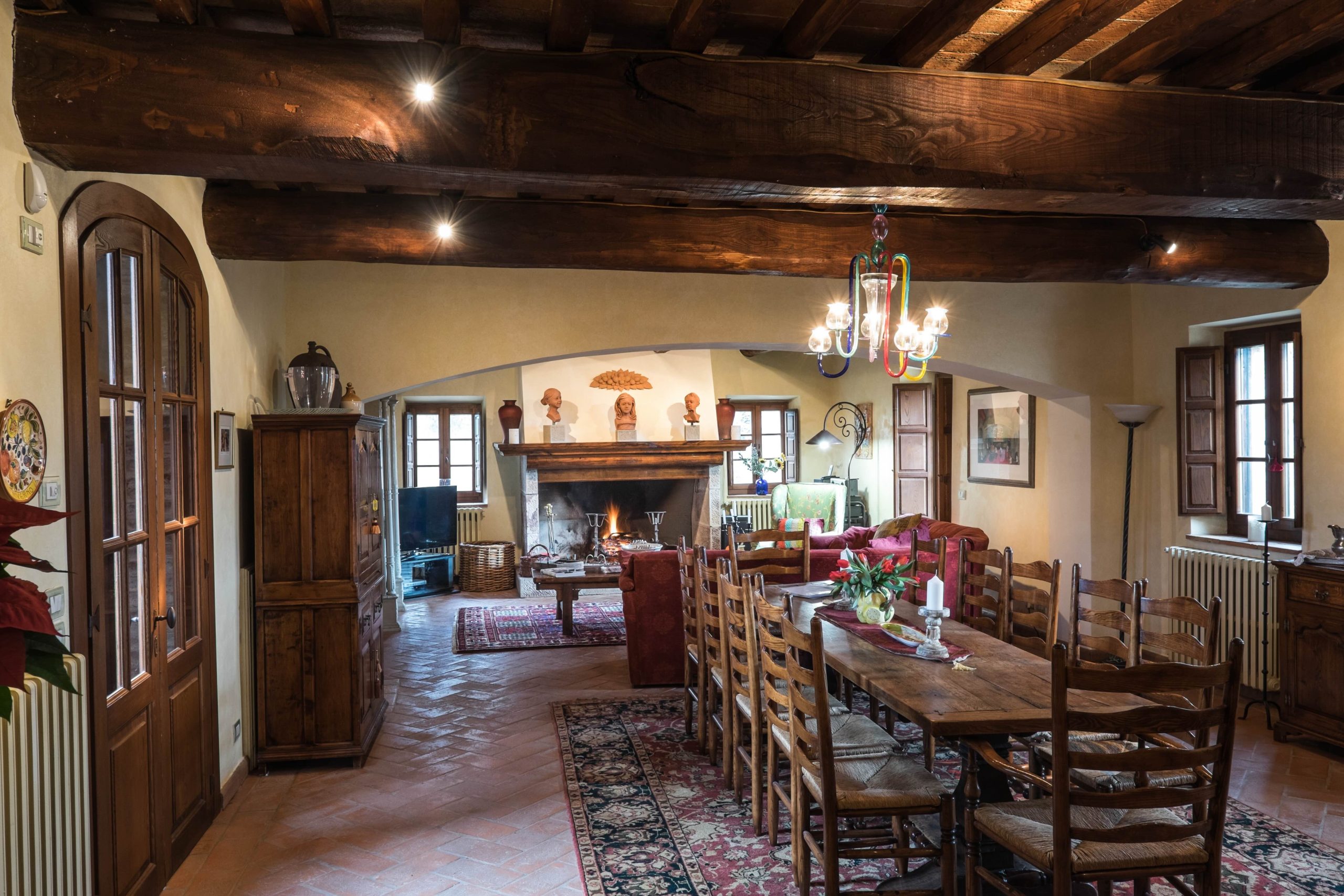
The owners have turned the holiday home into an accomodation business. Picture: Supplied
“Villa Capanne has one of the biggest swimming pools in the area,” said Mr Watters. “Adjoining this are two wonderful outdoor spaces perfect for entertaining — being Aussies, we have ensured there’s a BBQ here, of course!”
The couple’s spur-of-the-moment purchase has gone only turned into a longstanding holiday home for their entire family but also morphed into a multigenerational business.
These days, when not enjoying their Italian idyl, the couple spend their year in the Clarence River region of NSW, where they also have a property. And their eldest daughter and son-in-law have since taken over the running of the Villa.
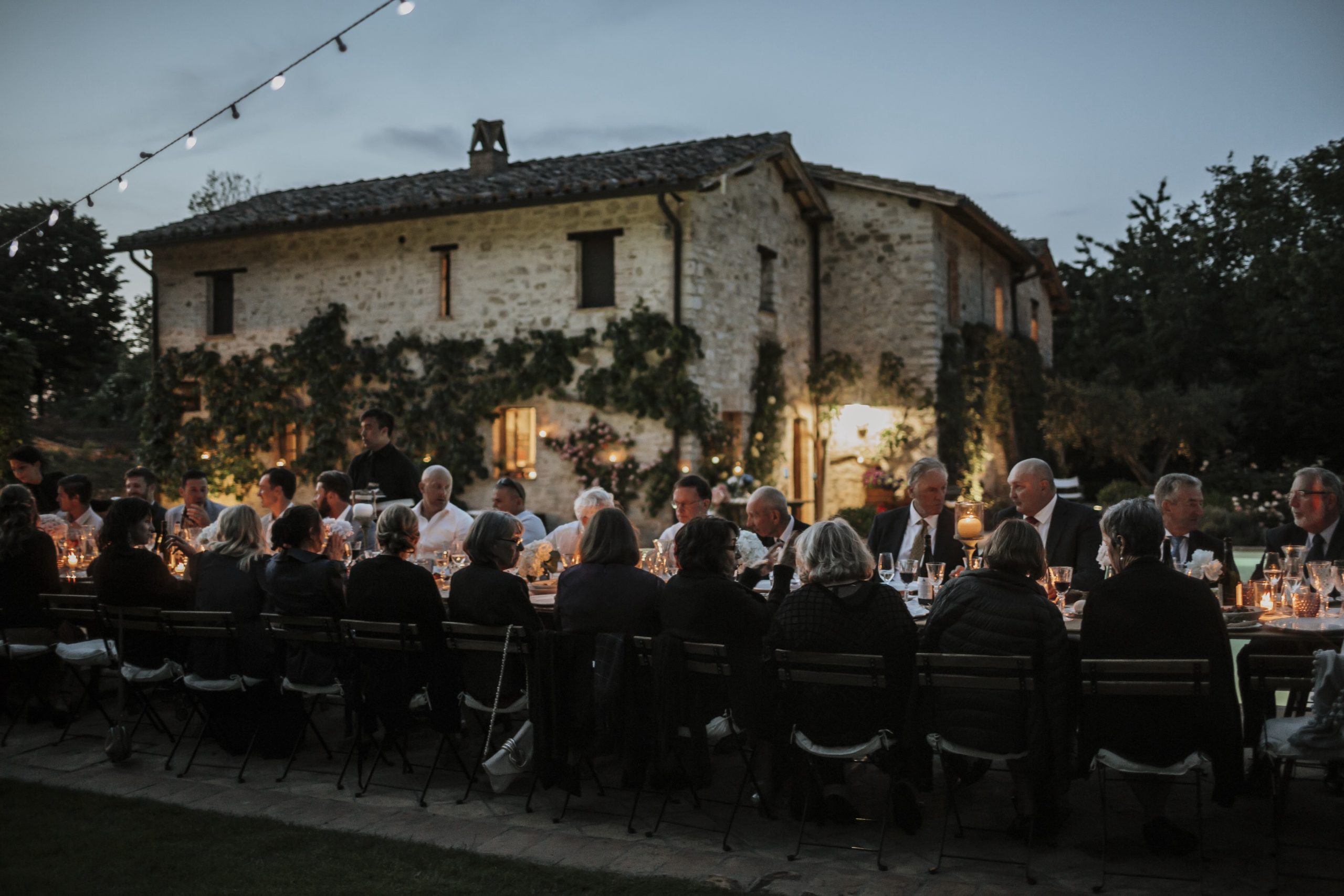
Villa Capanne hots functions and can accommodate a number of people in its two houses. Picture: Supplied
“As you can imagine, dealing with a 650-year-old farmhouse can have its challenges so it is nice to have someone else managing it day-to-day!” said Mr Watters.
While work and maintenance have been a constant during the intervening two decades since they first saw the then-ruined farmhouse, when quizzed about the payoff the plucky pair are adamant that it has all been worth it.
“There were frustrations, no doubt,” reflected Mrs Watters. “But the vision we had for the property has come true: out entire family all feel at home here and we’ve created so many amazing memories.
“It really has become our home away from home — a home where our children and grandchildren have grown up and experienced the joys of Italian life.”

